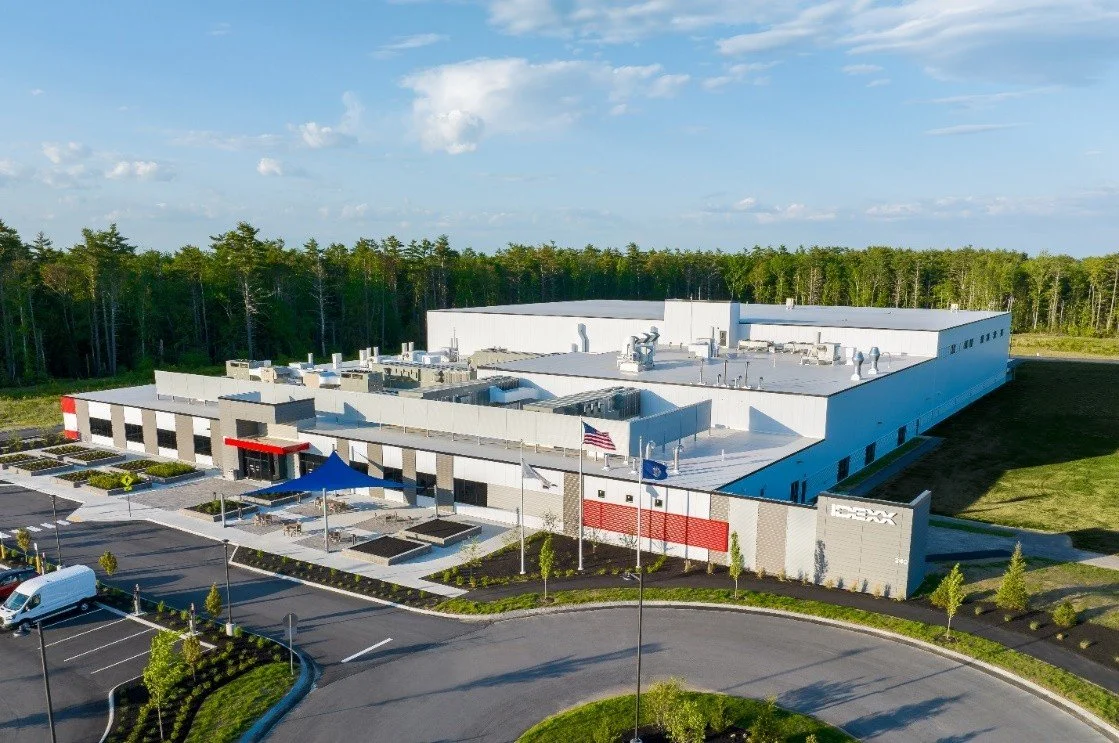Time is Money: Fast-Tracking Science & Technology Projects Through Design-Build
Hologic in Newark, DE—a design-build with Timberline Construction. Image: Courtesy of Ci Design, Inc.
In today’s rapidly evolving research and innovation sectors, science and technology projects are under more pressure than ever to deliver results quickly. Whether it's a new pharmaceutical research lab, a biotech production facility or a new semiconductor production facility, time-to-market can significantly impact competitiveness, funding, and public health outcomes.
Adopting a design-build approach offers a powerful way to fast-track project delivery without sacrificing quality, safety, or performance.
Why speed matters in science and technology (S&T)
Science and technology industries thrive on innovation cycles that are measured in months, not years. Researchers, manufacturers, and institutions must often scale up or pivot quickly in response to new discoveries, regulatory changes, or market demands. Traditional design-bid-build project delivery can inadvertently slow down these transitions, creating costly delays through fragmented communication, sequential work phases, and reactive problem-solving.
By reducing the gap between facility readiness and operational launch, design-build helps clients seize market opportunities with greater speed and confidence.
How the design-build approach accelerates S&T projects
In a design-build project, lab designers partner closely with construction teams from the project's inception, forming a unified front for project planning and execution. This model offers several specific advantages, including concurrent design and construction phases, early cost and constructability insights, faster permitting and regulatory approvals, streamlined decision-making, and risk mitigation.
Rather than waiting for 100 percent design completion before breaking ground, design-build teams can advance construction packages (site work, foundations, core and shell, and utility equipment with long-lead times) while designing and detailing for interiors or specialized systems continues. This parallel work reduces overall project schedules by months—critical in industries where every week counts.
Construction teams are involved early, providing real-time cost estimates, constructability reviews, and procurement strategies. This prevents over-design and costly redesigns and schedule delays later and ensures that specialized elements like cleanrooms, BSL facilities, or manufacturing suites meet stringent specifications without surprises.
Design-build teams are often better equipped to navigate permitting hurdles quickly. With early engagement from engineers, code consultants, and regulatory specialists, submittals are more complete, coordinated, and responsive to local authorities' expectations, smoothing the path to approvals.
Key considerations
IDEXX Horizon Center in Scarborough, ME—a design-build with Cianbro. Image: Courtesy of Ci Design, Inc.
While the benefits are clear, fast-tracking science and technology projects through design-build also demands a few critical success factors, such as having experienced partners, implementing strong upfront planning, designing flexible yet resilient projects and communicating transparently.
Early investment in programming, scope validation, and preliminary design ensures the team can build confidently without costly field changes. Planning teams comprised of former bench scientists and industry experts can bring deep technical knowledge and a refined design process to transform clients’ lab and manufacturing concepts into reality. A comprehensive programming approach is both efficient and meticulous, incorporating interactive workshops and in-depth benchmarking tailored to each client’s specific requirements.
The future: design-build as the new standard
Science and technology companies are increasingly recognizing the design-build model as not just an alternative but a preferred method for achieving their time, budget, and performance goals. For architecture firms, embracing this integrated approach means becoming more than designers; it means becoming true partners in innovation and speed-to-market strategy.
By aligning visions, collapsing timelines, and delivering highly technical facilities with precision, the design-build method transforms what’s possible—and positions lab designers at the forefront of tomorrow’s scientific and technological breakthroughs.


